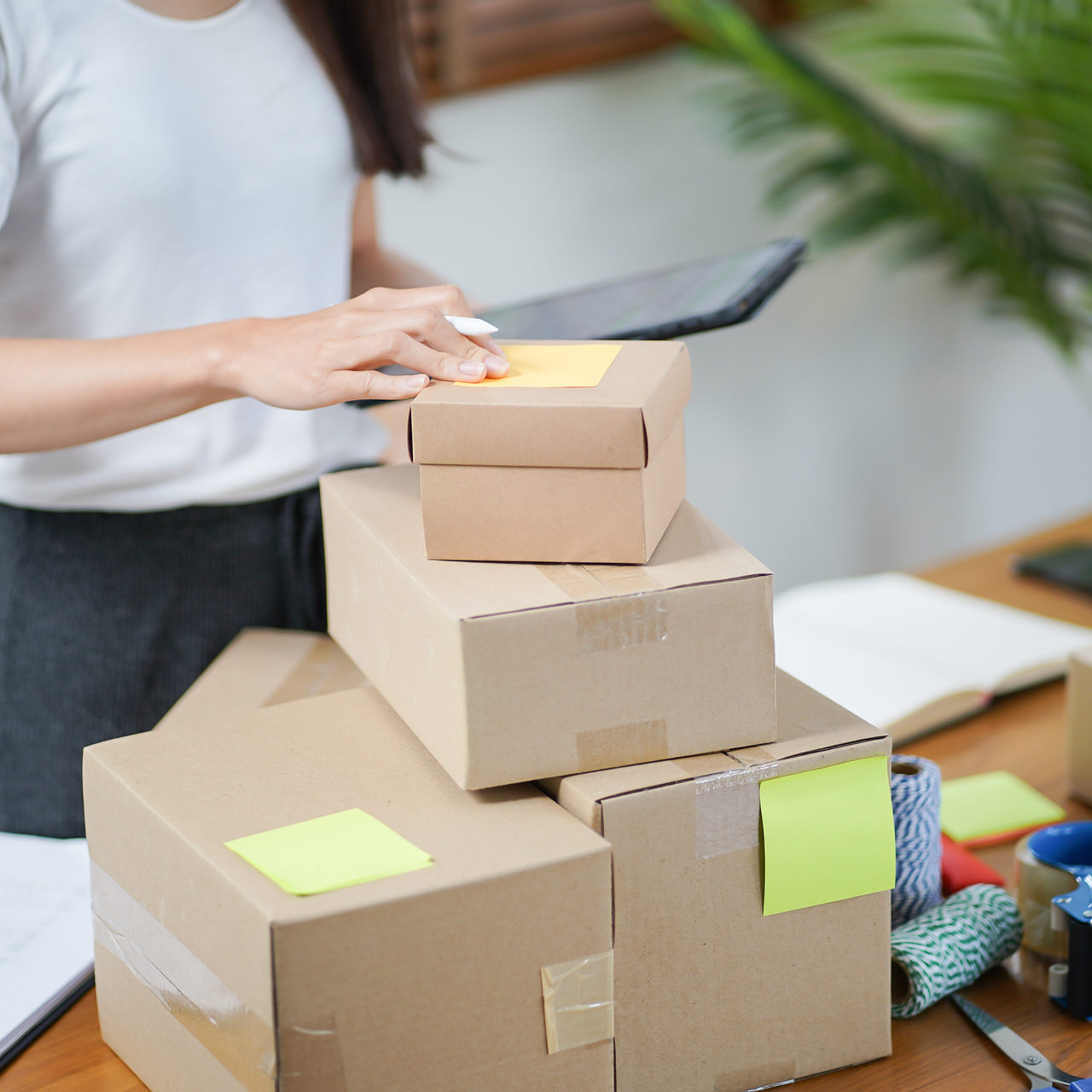Why Freight Packaging Matters More Than You Think
Imagine this: you’ve got a pallet of high-value products heading across the country. You’ve met your shipping deadline, the carrier’s booked, and things seem smooth—until your customer calls days later to say the shipment arrived damaged. Ouch.
Improper freight packaging is one of the most common—and costly—mistakes in logistics. According to the International Safe Transit Association (ISTA), packaging-related damage accounts for over $6 billion in freight losses annually in the U.S. alone.
Whether you’re shipping industrial equipment, retail goods, or raw materials, proper packaging is your first line of defense. So let’s break down exactly how to package freight for safe, damage-free transit.
Step 1: Understand Your Freight
Before you even touch a pallet or a roll of shrink wrap, take a moment to assess what you’re shipping. Different types of freight have different needs.
Ask yourself:
- Is it fragile or durable?
- Is it oddly shaped?
- Is it perishable or temperature-sensitive?
- Does it require special handling?
Knowing these details informs your material choices, stacking strategy, and labeling.
Pro Tip: The National Motor Freight Classification (NMFC) code can help you determine how carriers classify your shipment, which affects cost and liability.
Step 2: Choose the Right Packaging Materials
When it comes to protecting freight, the right materials matter. Here’s what you’ll typically need:
- Boxes or Crates: For small freight or components. Use double-wall corrugated boxes for added strength.
- Pallets or Skids: Wooden or plastic, make sure they’re in good condition and appropriately sized.
- Cushioning Materials: Bubble wrap, foam inserts, or air pillows for fragile items.
- Shrink Wrap & Stretch Film: To secure the load to the pallet and prevent movement.
- Corner Boards & Edge Protectors: Great for stabilizing tall or heavy loads.
- Strapping or Banding: Plastic or metal straps to reinforce heavy shipments.
Avoid: Reusing damaged pallets or boxes—they may fail mid-transit.
Step 3: Palletize Like a Pro
Palletizing is more than stacking boxes—it’s an art and a science. Here’s how to do it right:
Follow these golden rules:
- Stack Evenly: Keep the weight distributed evenly, heaviest items on the bottom.
- Stay Within Dimensions: Don’t overhang the pallet; this creates vulnerability.
- Use Slip Sheets: Add a layer between the pallet and your load to avoid moisture damage.
- Secure With Wrap: Wrap tightly from bottom to top, making sure every layer is stable.
- Reinforce with Straps: Especially for tall or heavy loads, strapping adds stability.
According to UPS’s packaging guidelines, properly wrapped and strapped pallets reduce transit damage by up to 60%.
Step 4: Label Everything Clearly
This is your freight’s passport—get it right.
Include the following:
- Shipping and return addresses
- Handling instructions (e.g., “This Side Up”, “Fragile”)
- Barcode and tracking numbers
- NMFC and freight class (if required)
Labels should be:
- Waterproof
- Legible from a distance
- Placed on multiple sides of the pallet or container
Quick Tip: Use RFID or scannable QR codes to streamline logistics if you ship frequently.
Step 5: Factor in Mode of Transport
How your freight travels plays a big role in how you should pack it.
Road Freight:
- More vibration and jolting—cushioning is key.
Rail Freight:
- Long durations and possible temperature fluctuations—use climate-resistant materials.
Air Freight:
- Size and weight matter most. Use lightweight but durable packaging.
Ocean Freight:
- Humidity and saltwater exposure—use vapor barriers and corrosion-resistant materials.
Did You Know? Freight shipments are often handled 5–10 times before reaching their final destination. Packaging for repeated handling is essential.
Common Packaging Mistakes to Avoid
Even seasoned shippers can overlook the basics. Here’s what not to do:
- Overhanging products off pallets
- Using broken or weak pallets
- Skimping on stretch wrap
- Poor or no labeling
- Ignoring weight limits
These errors lead to delays, damages, and even carrier rejections.
Sustainable Freight Packaging: A Growing Priority
More companies are opting for eco-friendly packaging options. According to a 2023 report from McKinsey, 60% of U.S. companies are investing in sustainable logistics.
Smart swaps include:
- Recyclable or biodegradable cushioning
- Reusable plastic pallets
- Minimalist designs that reduce waste
Not only does this help the planet—it often reduces costs and improves brand reputation.
Conclusion: Pack Smart, Ship Safer
Freight packaging isn’t just about protecting products—it’s about protecting relationships, timelines, and profits. By taking the time to package freight properly, you dramatically reduce the risk of damage, delays, and added costs.
So whether you’re shipping across town or across the globe, remember: a well-packaged shipment is a well-received one.
Need help optimizing your freight logistics? Contact our team for a custom consultation.
FAQ: Freight Packaging Best Practices
1. What’s the best way to secure freight to a pallet?
Use a combination of stretch wrap and strapping. Wrap tightly from bottom to top and strap across multiple points for added stability.
2. Can I reuse packaging materials?
Only if they’re in excellent condition. Damaged boxes or pallets compromise safety and may void carrier liability.
3. How do I choose between wood and plastic pallets?
Wood is cheaper and more widely accepted. Plastic is cleaner and reusable but may cost more upfront.
4. Is labeling required on every side of the package?
Not every side, but at least two opposing sides should be labeled clearly, including top if possible.
5. What packaging is best for international freight?
Use moisture-resistant materials, vapor barriers, and international-standard labels (including ISPM-15 stamps for wooden crates).
Sources:
- International Safe Transit Association (ISTA) – ista.org
- UPS Packaging Guidelines – ups.com
- McKinsey & Company – Sustainability in Logistics Report, 2023
- U.S. Department of Transportation – transportation.gov
- Packaging World Magazine – packworld.com





